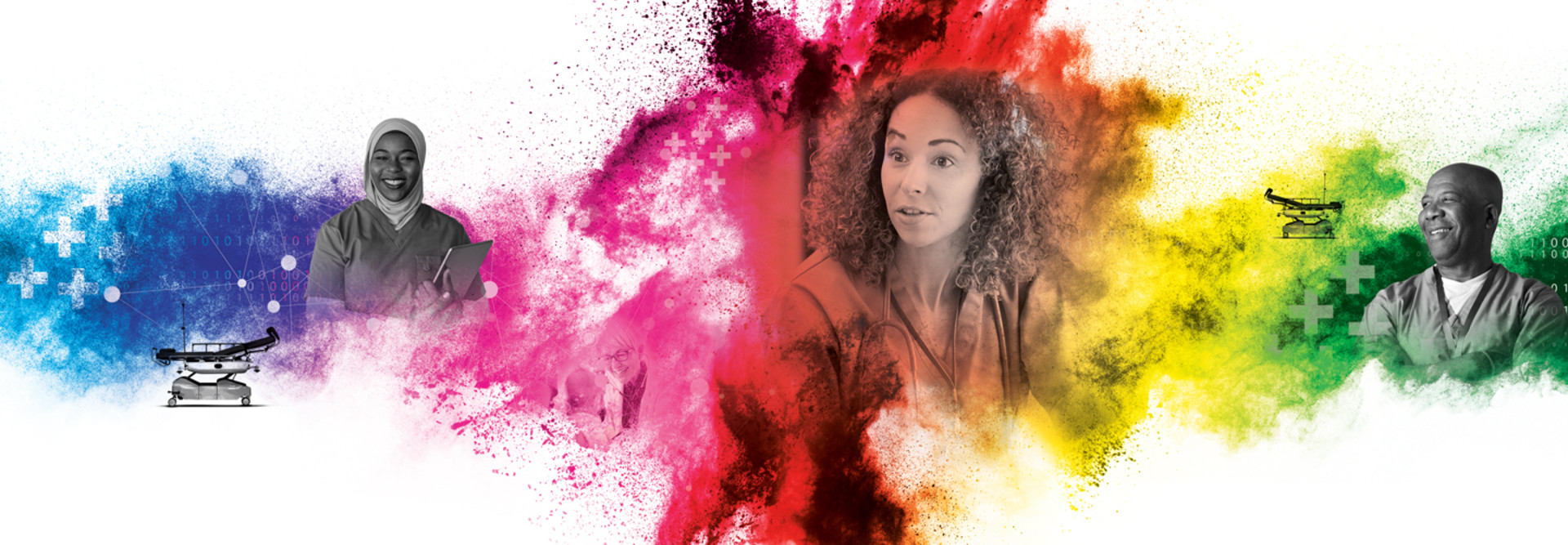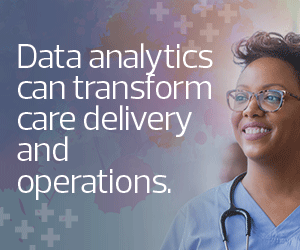She points to robotic process automation, which can help automate data entry, populating electronic health records and extracting information.
“We also saw the announcement around ChatGPT and integration with the EHR, specifically around the patient messaging function and the ability to respond to a patient with a draft message,” Myers says. “This must first be reviewed by a physician or a nurse, but can be an efficiency play, assisting clinicians overwhelmed with the number of messages they’re receiving from patients.”
She points to the benefits derived from the capability of artificial intelligence and machine learning algorithms to analyze large volumes of data, identify patterns, make predictions and generate insights.
“We have a clinical innovation data science team that builds and operationalizes decision support applications to improve clinical quality and safety and the patient experience,” she says. “We have models for sepsis, malnutrition or falls that can predict behavior.”
Using Automation to Analyze Patient Flow, Wait Times
Myers says when it comes to optimizing clinical workflows, automation can help analyze patient flow, wait times and time spent doing certain tasks.
“This helps us understand resource allocation through patient demand schedules, availability and patient volumes to determine adequate staffing levels,” she explains.
She adds that clinical documentation is another area where natural language processing or voice recognition technology helps physicians dictate information or automatically document care in a patient visit as part of the clinical note.
Click the banner below to learn how a modern data analytics program can optimize care.












